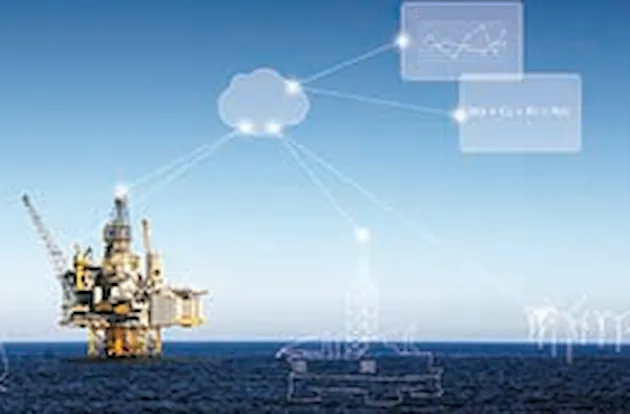Hydrodynamics are an integral part of the analysis of any vessel. For ships it is important to account for the effect of forward speed. An important effect of the forward speed is the change in the frequency due to the Doppler effect, but the presence of the speed will also give additional modifications of the results due to the coupling of the steady solution and the dynamic effects. These effects may also be important for offshore structures in strong currents.
Linear and Non-linear hydrodynamics are an integral part of any floating structure design. As vessel designs change and as operational envelopes increase designing a vessel for forward speed or high current becomes increasingly more important. Using DNVs Sesam HydroD and Wasim solver will open the door to this increased design envelope.
This webinar will go thought the theory behind the solutions, discussing the effects and Doppler effects and how the encounter frequencies are accounted. It will also go through the advantages of a time domain analysis in both a linear and non-linear solution.
Join this webinar as we demonstrate the effectiveness of HydroD and Wasim. This will provide an overview of some of the basic aspects to keep in mind when doing a hydrodynamic analysis with forward speed.
Topics covered:
- Basic equations
- Numerical challenges
- When is forward speed important?
- Linear and non-linear analysis
- Added resistance
- Wasim for Submarines
About the speakers:
Torgeir Vada has been working in DNV since 1985, when he achieved a PhD in Hydrodynamics from the University of Oslo. He has worked with Sesam since 1997, first as a developer and then in various line manager positions. He currently holds a position as Product Manager for Floating Structures.
Chris Kubes, Senior Software Support Engineer, has been with DNV for 6 years, with a focus on client support in floating structure design with Sesam. He graduated from Texas A&M University with an aerospace degree in 2002 and has worked in both the aerospace and offshore industries as an engineer for the past 17 years.

Questions and answers
Download the document

Sesam modules for floating structures
Learn more
Customer stories
Learn why others choose DNV
Request for info
How can we help?